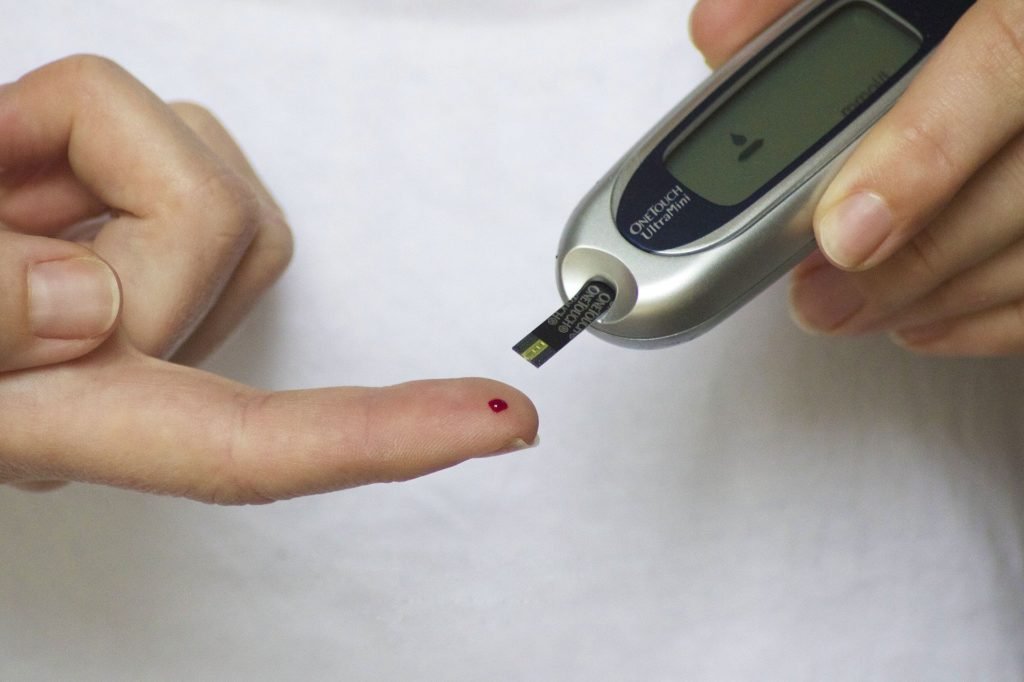Are you struggling with back pain that makes it harder to manage activities of daily living? Many people complain about lower back pain, and sciatica is the culprit in most instances. Roswell sciatica is characterized by lower back pain that extends to the leg and grows when you sit, squeeze, cough or sneeze. You can also experience weakness, numbness, tingling, or burning sensation. Sciatica is caused by nerve injury, compression, or irritation.
Sciatica mostly happens due to herniated disk narrowing the spine (spinal stenosis) or bone overgrowth (bone spur). The pain can go away in a few weeks without treatment. In other cases, it worsens and can become severe. If concerns such as bowel and bladder changes happen and you have significant leg weakness, you might need surgery to address sciatica. So, how can you keep the problem at bay? Here are the common risk factors to help you avoid concerns that can worsen lower back pain.
Weight
Your weight is at the center of most health and wellness concerns, lower back pain included. Obesity is a common risk factor since the extra pressure on the spine contributes to changes that can trigger sciatica. The pressure compresses the sciatic nerve causing the problem. Even athletes on the heavier side can experience sciatica. For instance, a weight lifter on the heavier side can compress the spine since the muscles, like fat, adds extra pressure. Shedding a few pounds can help you avoid sciatica, emphasizing the need for a practical weight management regimen.
Occupational hazards
Does your routine require twisting your back and lifting heavy loads? Your occupation could be exposing you to excessive pressure on the spine, which can irritate the sciatic nerve. While a routine involving physical activity is good for your health and back, repeated motion can put too much pressure on your spine. You can avoid sciatica in such a situation by taking breaks and considering your posture when handling heavy lifting. A straight back as you lift an object helps, and with regular breaks, you can avoid excessive pressure, ensuring the nerve is not compressed.
Posture
How do you stand, walk and sit? Your back posture impacts the sciatic nerve’s path from the lower back to the legs. If your posture affects the spine alignment, the back muscles work harder, compensating for the imbalance. This can cause fatigue and nerve irritation, hence the pain. Tipped pelvis (swayback), hunched shoulders, and flat back, among other posture considerations, can cause significant tension on the back and leg muscles. This can pinch the sciatic nerve, causing sciatica. Therefore, observing your posture and gait can help keep the problem at bay.
Diabetes
Your blood sugar levels impact blood flow and healing. Diabetes can slow healing, and elevated blood sugar levels can also cause diabetic neuropathy, a type of nerve damage. Monitoring your blood sugar levels, especially considering the diet, can help you manage the chronic condition and avoid sciatica.
Your lifestyle choices, such as smoking and leading a sedentary life, also increase sciatica risks. Don’t ignore that lower back pain that grows and extends to your leg. Visit Polaris Spine & Neurosurgery Center today for sciatica consultation, diagnosis, and treatment.


